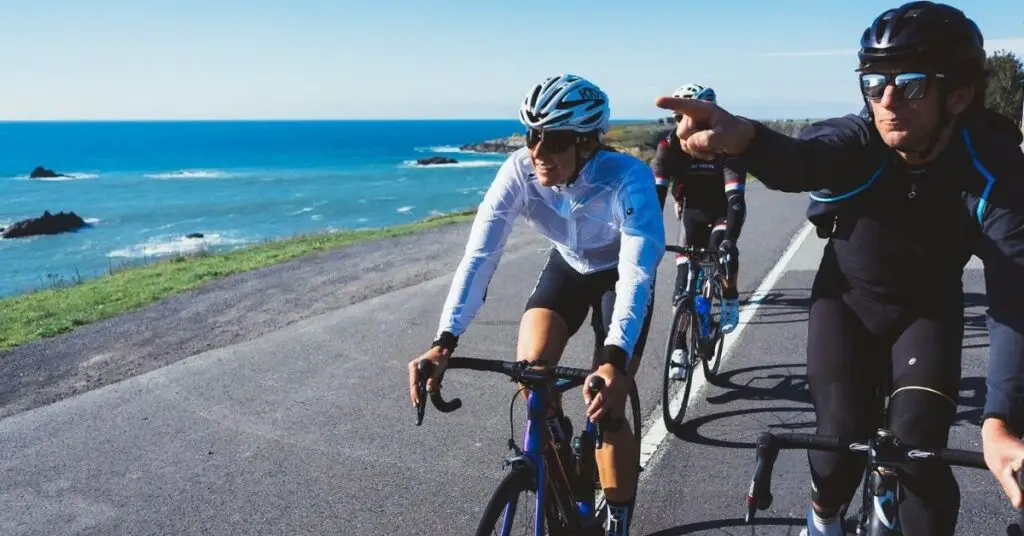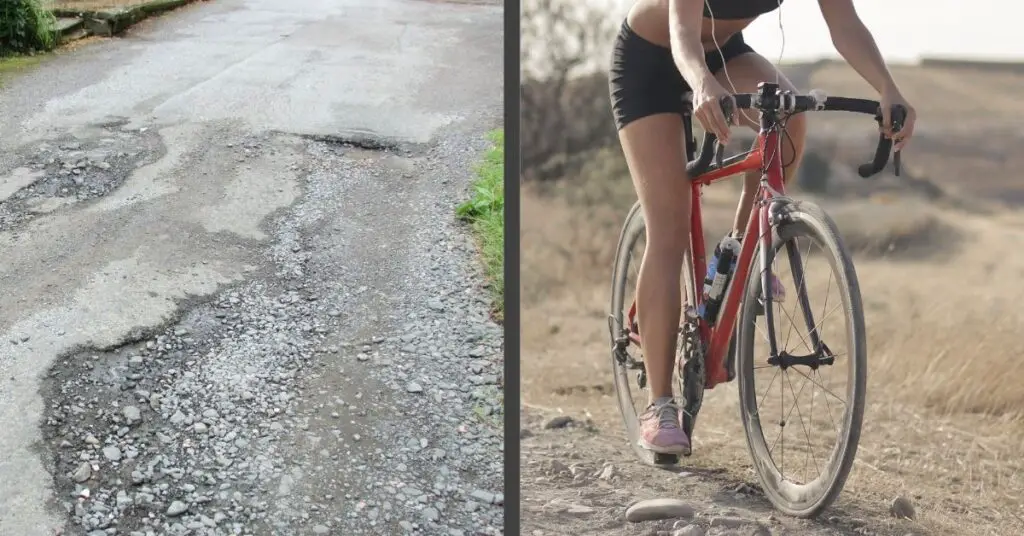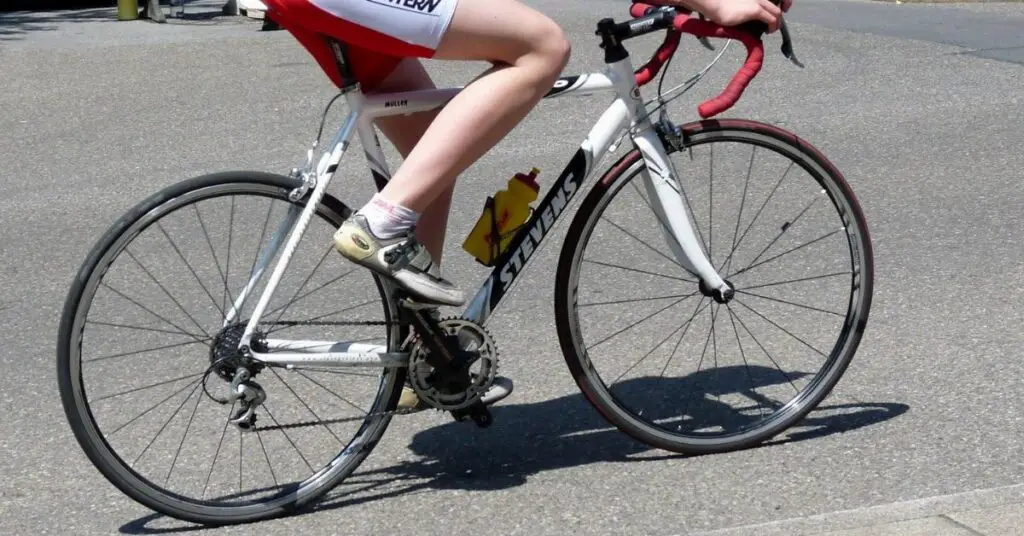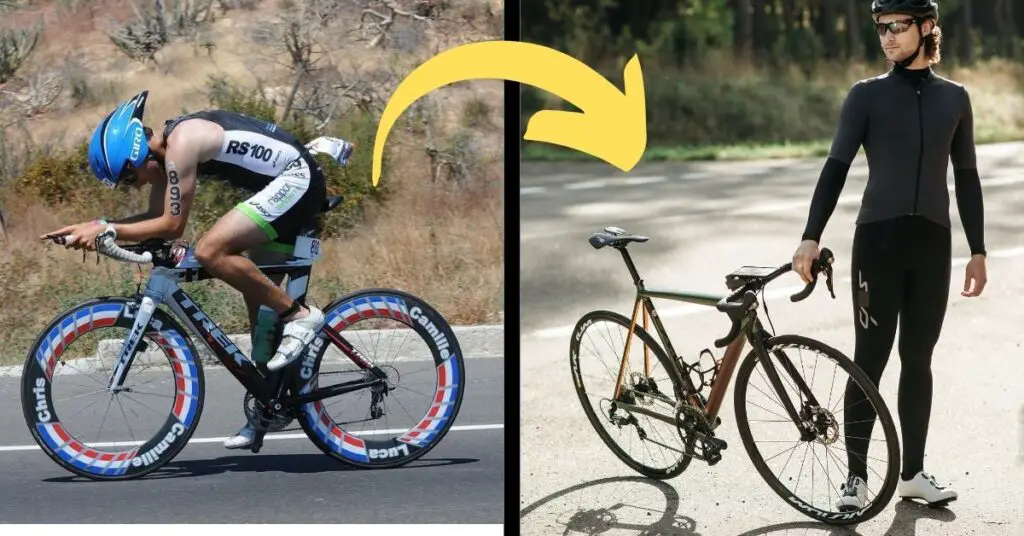Road bikes are used specifically for tarmac and paved surfaces. If you are new to cycling, you may be wondering if your road bike is suitable for uphill cycling. Are there any tips to ride a road bike uphill? Is a road bike faster than a mountain bike uphill? Read on to find out about cycling uphill on a road bike.
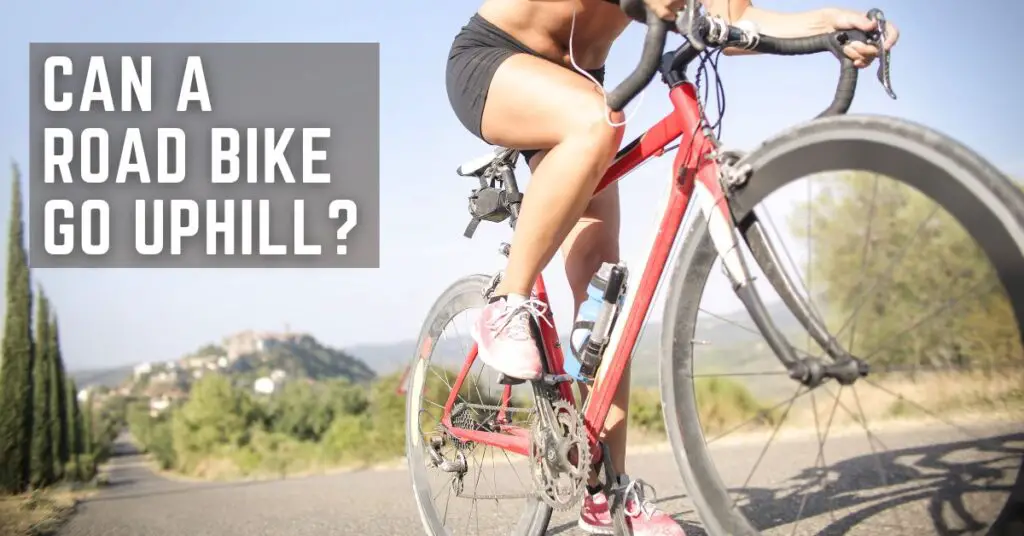
Can A Road Bike Go Uphill?
A road bike can go uphill and even much faster than many other bikes. The modern road bike has come a long way from its traditional counterpart. It is much lighter, and the tires are also thinner, thus giving the road bike a big advantage when it comes to cycling uphill.
You may want to consider an electric bike if your terrain is hilly. Mountain bikes are great for steep terrains or dirt trails. Using a road bike for cycling uphill on tarmacked or paved surfaces has certain advantages, provided you follow certain tips.
Riding a Road Bike Uphill (What You Need to Know!)
To successfully ride a road bike uphill, you need to understand and follow a few crucial factors:
1- Gearing
Choose the right gear. The more gears you have, the easier it is to ride uphill. Go for a lower gear as it helps you to accelerate faster without exerting yourself too much.
If you are approaching an incline, shift into the low gear before you start the ascent. Do not shift gears suddenly in the middle of the climb as the chain can get jammed.
You can start at medium gear, and then switch to an easier one if the climb gets steeper. The more you practice on a hilly road, the better you will become at cycling uphill and you will soon realize what gear suits you.
2- Seated or Standing?
This is a matter of choice, but it may be better to stay seated if the climb is gradual and long. For a short, steeper climb, standing can increase your power.
If you are seated, recline further back, lean forward, and keep the elbows flexed. If you are standing, alternately lean the bike away from the foot that is pedaling downward, and ensure your body is in a straight line over the other foot.
3- Pace Yourself
It is important to pace yourself when cycling uphill. A cadence of around 80-90 is a good one. If you cycle fast from the beginning, you will end up getting tired faster as you approach the top. Make sure you are in the right gear and go at a comfortable speed.
4- Weight Distribution
Whether you are seated or standing, make sure your weight is evenly distributed. If you sit too far back on a steep incline, you may end up doing a ‘wheelie’. Uneven weight distribution can put your safety at risk.
Sit with an open chest and keep breathing (without rocking to and fro).
5- Fuel up
Make sure you have consumed an energy-giving meal and are hydrated before cycling uphill. Glycogen (fuel stored in the muscles) is vital for an intense activity such as riding a bike uphill.
Low glycogen levels will cause fatigue. Carbohydrate-rich foods and proteins such as pasta, porridge, peanut butter, and quinoa are some of the foods you should eat before riding.
Cycling uphill takes a lot of physical and mental effort. By following the steps above and making sure to pace yourself, you will be at the top before you realize it. You will get better and faster with practice.
How Much Faster Is a Road Bike Than a Mountain Bike for Uphill Cycling?
A road bike is faster than a mountain bike by about 10 – 30 percent, due to the following reasons:
1- Weight of the Bike
Road bikes are much lighter than mountain bikes, thus making it easier to ride uphill. A road bike with a frame of carbon fiber can weigh as little as 17lb, compared to a mountain bike which can weigh about 30lb.
2- Thinner Tires
Road bikes have thinner tires. The thinner the tires, lesser the friction that is encountered, hence making you go faster.
Mountain bike tires are wider, which provides more grip, as well as more friction.
3- Gears
A road bike has a wider range of gears. This means that for uphill cycling, you have more options of gears to choose from for different inclines. Mountain bikes have fewer gears, so there are limited options to vary your speed.
When you combine the above factors, a road bike is faster than a mountain bike by up to 30%.
A mountain bike is however better for off-road conditions.
Which Bike Gear Is Best for Going Uphill?
Cycling in the correct gear makes all the difference in your uphill climb. The correct gear will save you energy instead of tiring you out. Gears control your speed and help with uphill and downhill cycling.
To understand how gearing works, it is important to know some of the components (drivetrain) that work together:
- Shifters
These are located on the handlebar. The left shifts the chain between the chainrings. The cassette’s chain setting is managed by the right shifter. - Cassette
These are gears on the rear wheel and contain a cluster of different-sized cogs. - Chainrings
These are the front gears. A bike can have up to 3 chainrings and these are turned by the pedals. - Chain
This connects the chainrings to the cassette. - Derailleurs
This derails the chain from one sprocket to the next or one chainring to the other. A bike can have front and rear derailleurs.
The number of gears a bike has is calculated by multiplying the number of cogs on the cassette by the number of chainrings. This is known as the speed of the bike.
To work out the gear ratio, divide the number of teeth on the chainring by the number of teeth on the cog. The gear ratio decides how much distance is covered with one rotation of the cranks.
A gear ratio of 1:1 is when the number of teeth on the chainring and the number of teeth on the cog is the same. This means one revolution of the pedal is one revolution of the rear wheel.
If the biggest chainring has 50 teeth and the smallest cog has 11, the ratio is 4:55. This means one revolution of the pedal will make the rear wheel spin about 5 times.
For steeper climbs, the smallest chainring is paired with the biggest cog (low gear). For going downhill, pair the bigger chainring with the smallest cog (high gear). When going uphill, cycle in low gear.
Gear 1 is the lowest and best for climbing. The higher numbers are the higher gears. Pedaling is harder with higher gears.
Gears are a personal choice, but it is better to ride on a lower gear when going uphill.
You must be pedaling while changing gears, and this is an important skill to master. Which gear you should select depends on the gradient of the slope, your degree of fitness, and the number of gears on your bike.
Final Remarks!
A road bike can easily go uphill compared to a mountain bike, provided that the road is tarmacked. To ride uphill on a road bike, select the appropriate gear, choose a lower gear (while uphilling) and watch your posture and weight distribution. You must also eat energy-giving food before climbing uphill to avoid fatigue.

